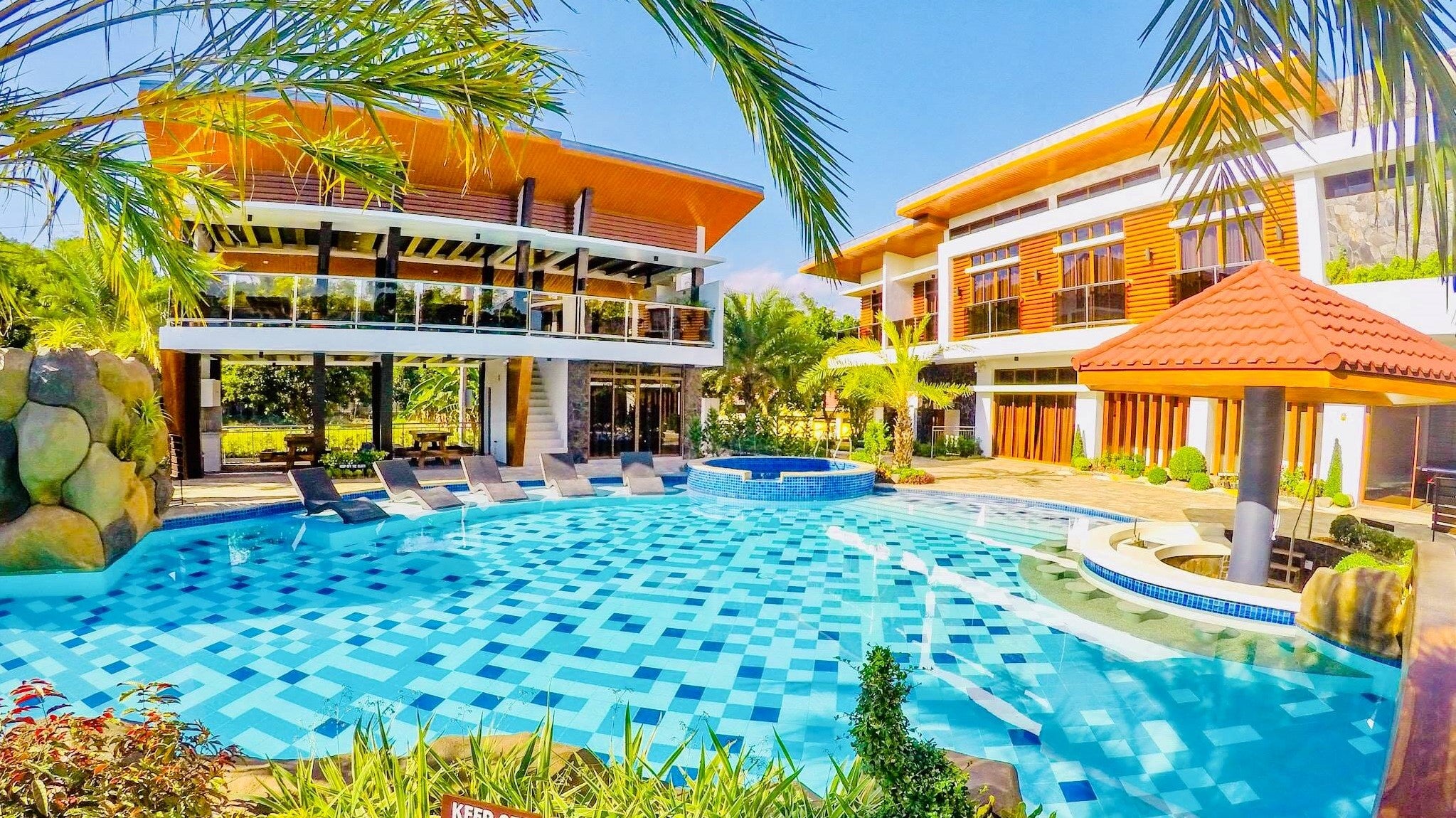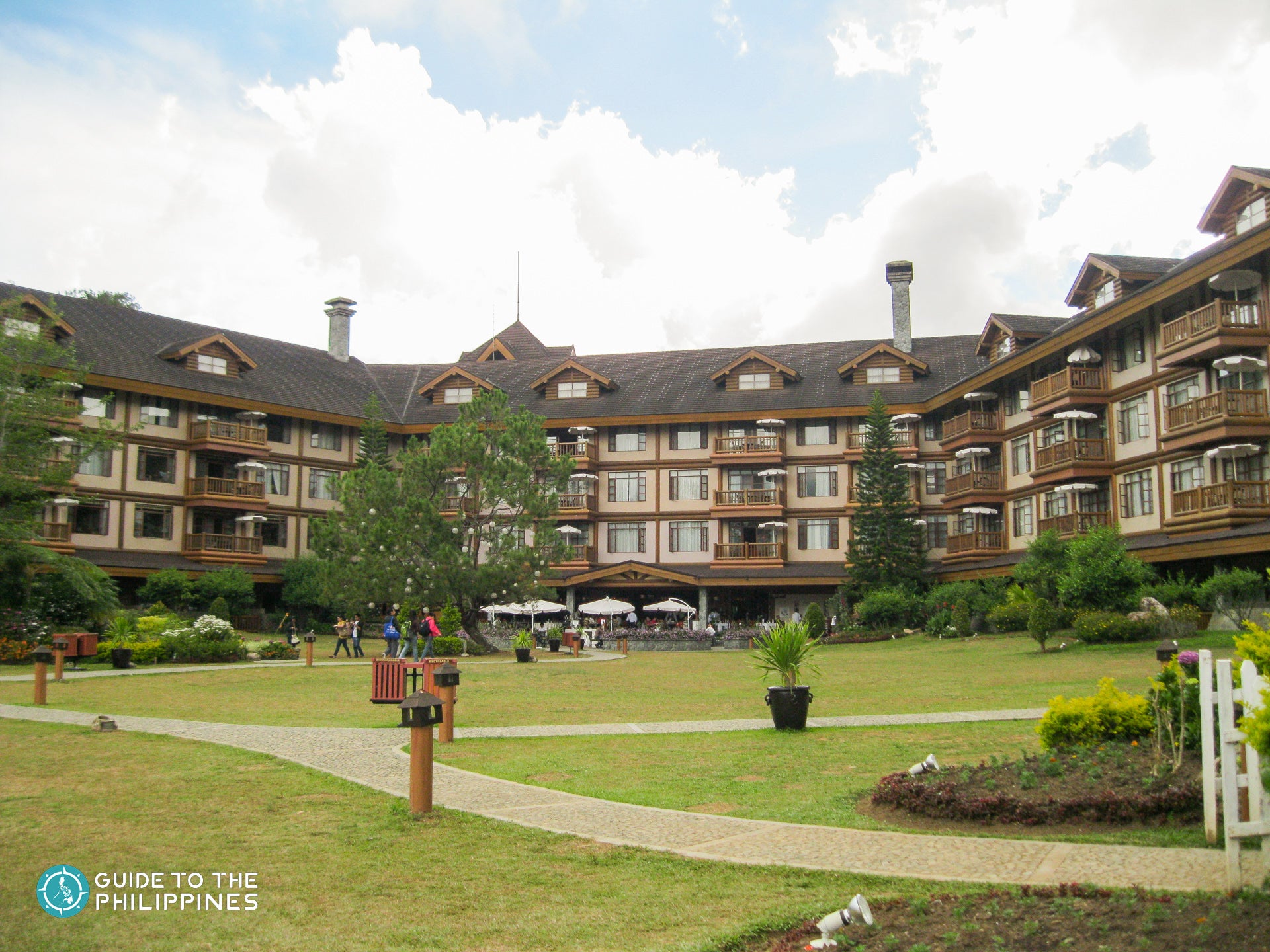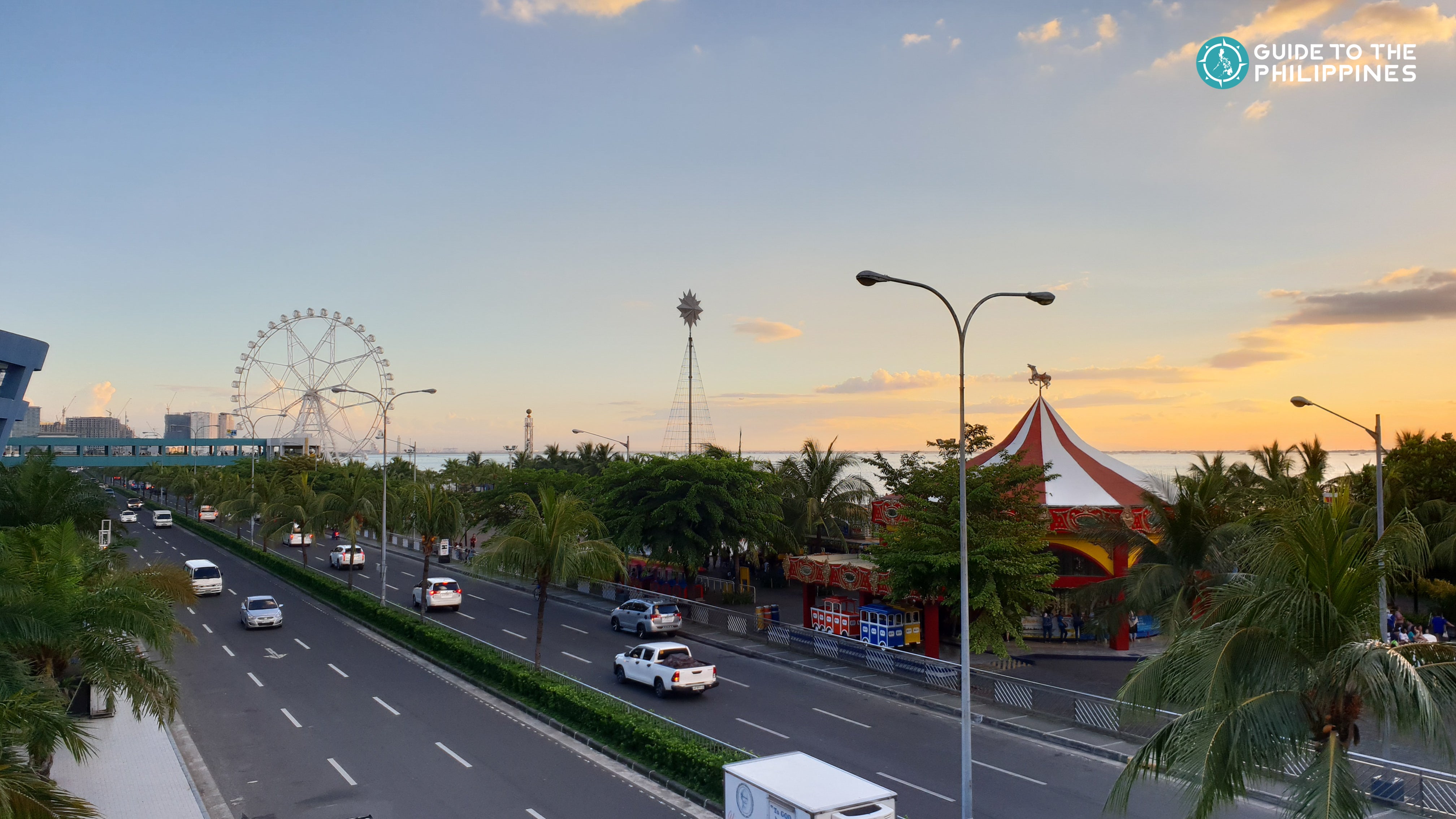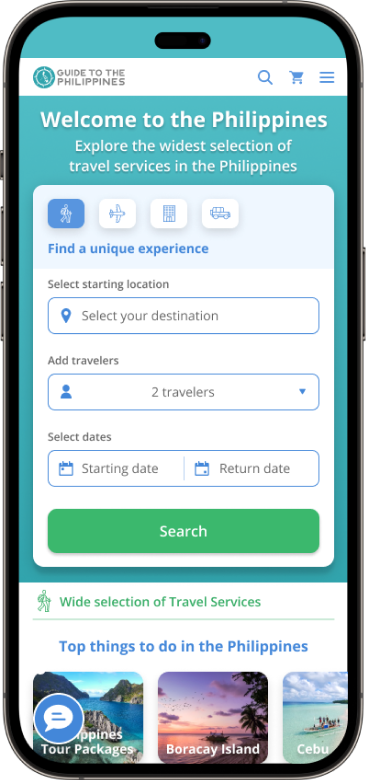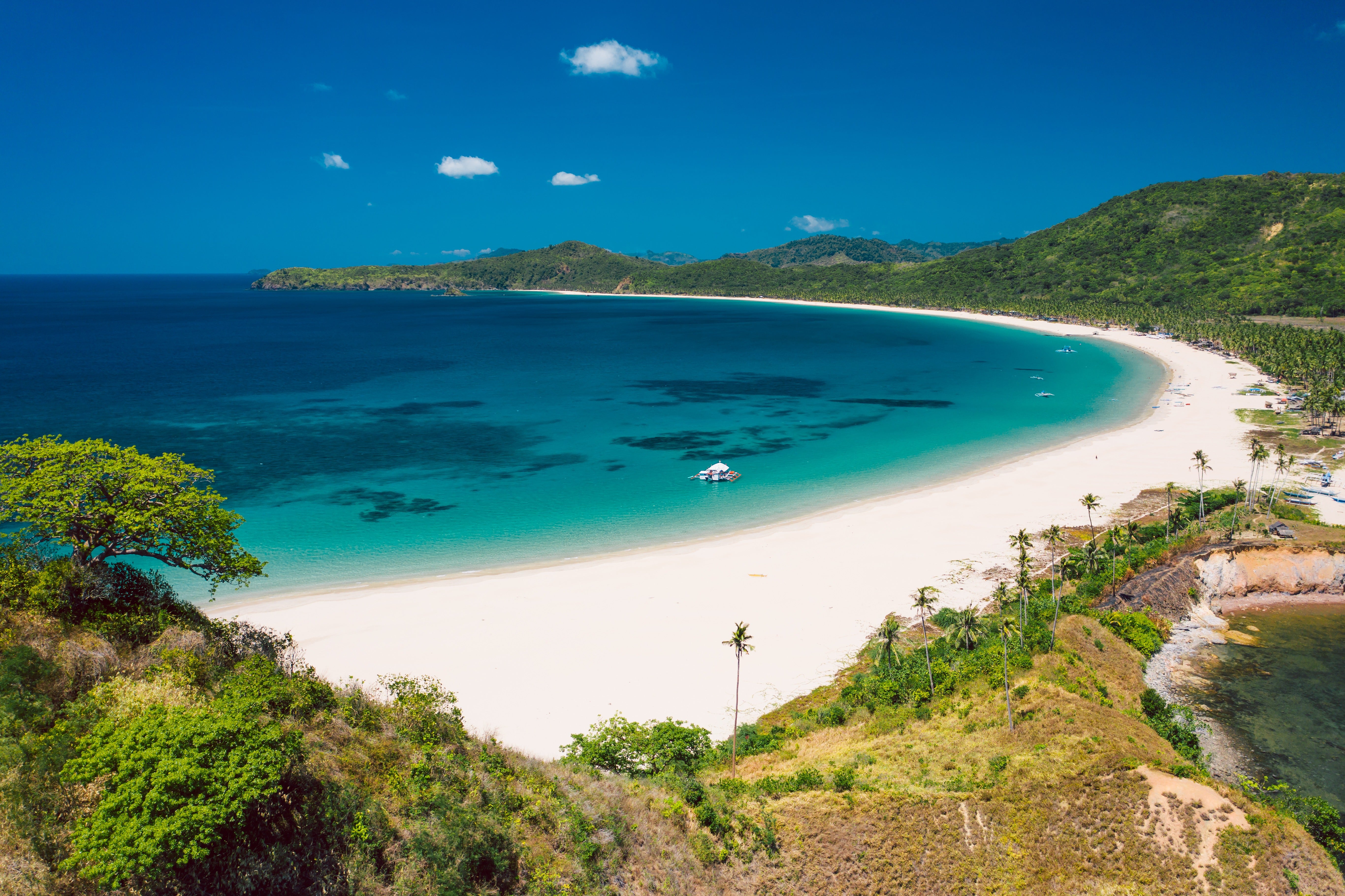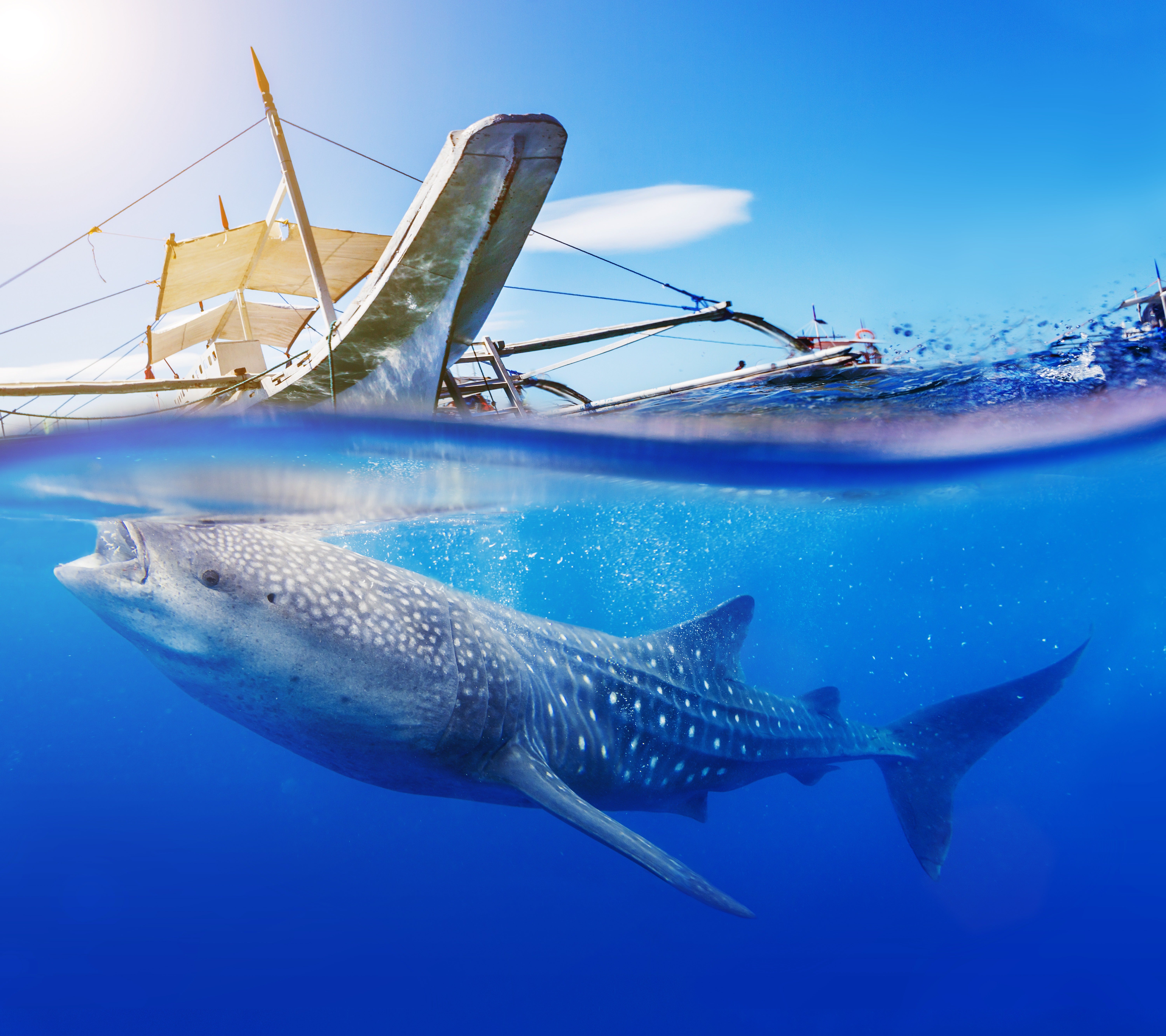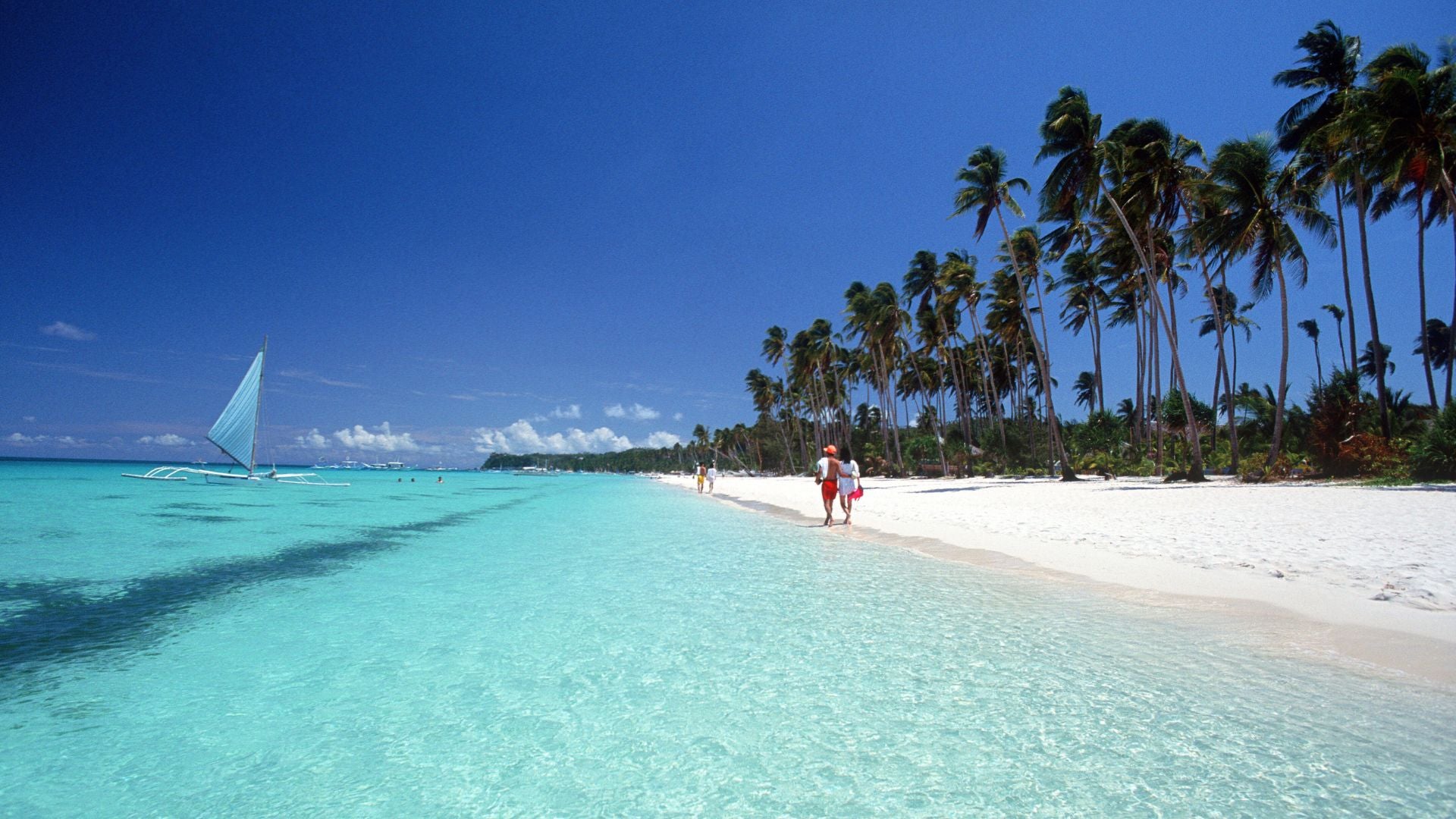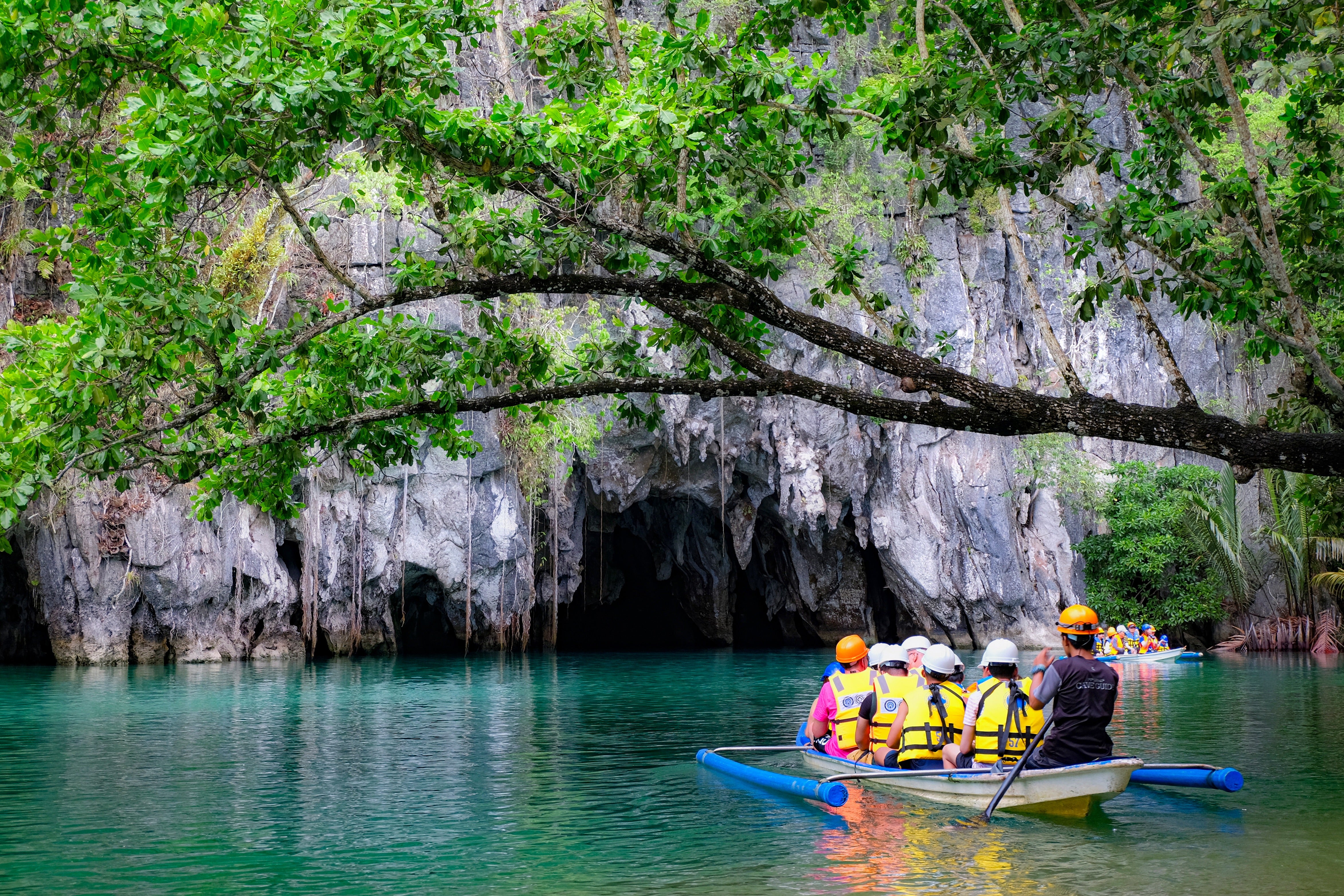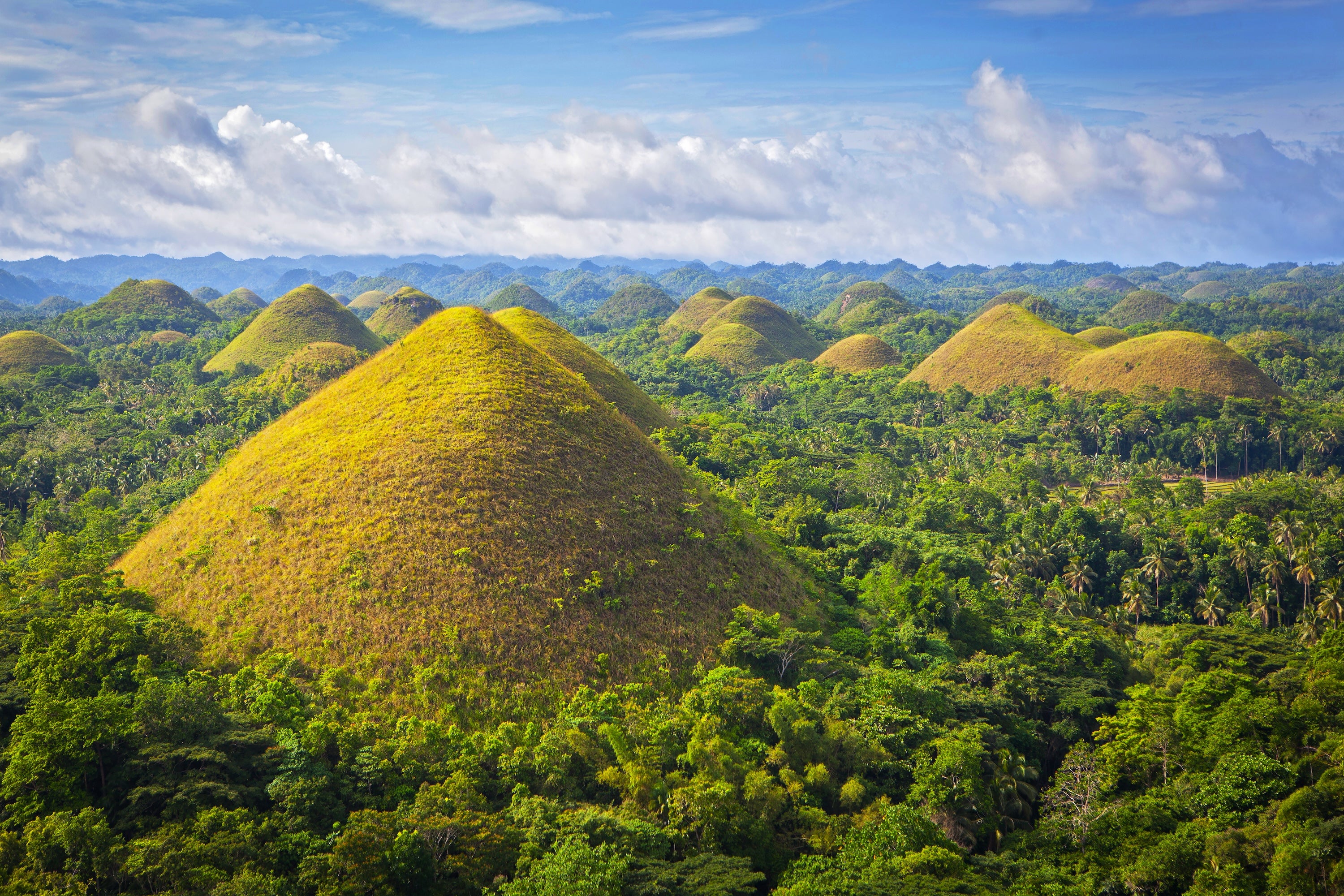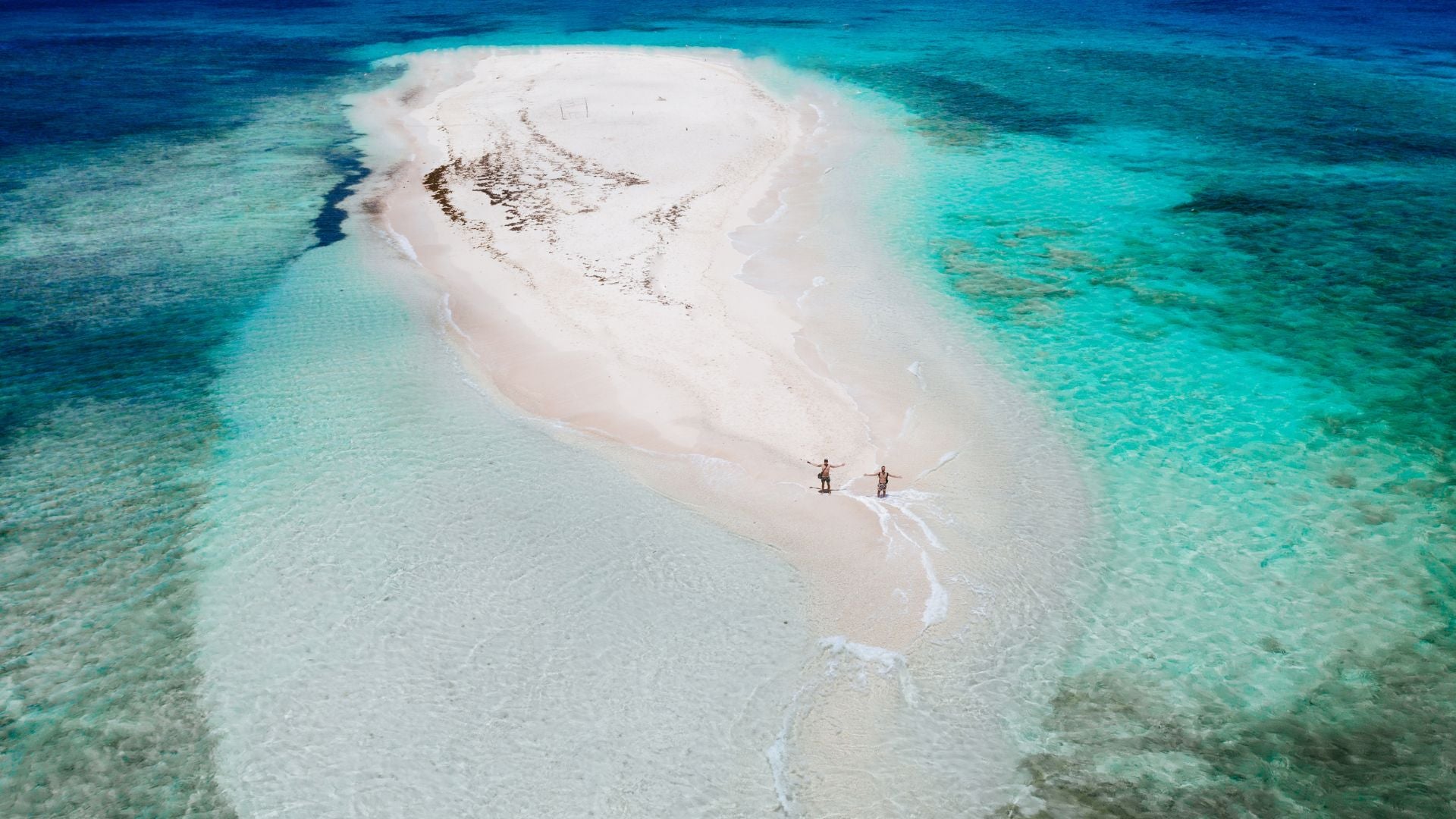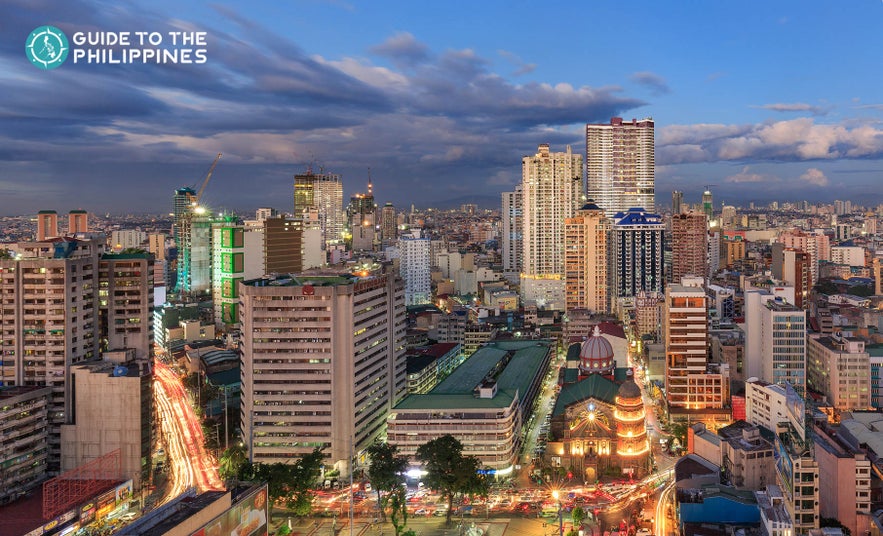
Visit the bustling capital region of the Philippines—Manila! Whether you’re flying in for a quick city break or planning a deeper cultural journey, Manila offers an exciting mix of heritage, modern city life, and local charm. This travel guide will help you discover the best tourist spots, how to get around, where to stay, and where to eat in the city and the surrounding region.
As the country’s main international gateway, Manila City is often the first stop for travelers. It’s also the center of government, culture, business, and education in the Philippines. To make the most of your visit, consider booking Manila tours that cover the city’s must-see sights like Intramuros old town, Rizal Park, and heritage districts.
You can also choose from a variety of Manila tour packages if you prefer a more convenient and organized travel experience, especially if you're combining your trip with nearby destinations.
Key Takeaways
-
“Manila” can refer to both the capital city of the Philippines and the national capital region, known as Metro Manila.
-
Manila City is the capital of the Philippines known for its historical and cultural attractions, while Metro Manila (or the National Capital Region) includes 16 other cities such as Makati, Pasay, Taguig, and Quezon City that together form the country’s urban and economic hub.
-
Manila is the main international gateway to the Philippines, offering travelers a mix of heritage landmarks, modern conveniences, and vibrant city life.
-
The best time to visit Manila is during the dry season December to May), although its museums, malls, food spots, and heritage sites make it a year-round destination.
-
Top attractions include Intramuros old town, Rizal Park, Binondo Chinatown, the National Museum Complex, and popular shopping and nightlife areas like Bonifacio Global City (BGC) and Poblacion neighborhood in Makati City.
-
Manila is a convenient stop for cruise passengers, with many half-day and shore excursions from the cruise port to destinations like Intramuros and Binondo. Independent tours from Manila port can also be booked for a more flexible experience.
-
Accommodations in the city and region range from airport hotels and boutique inns to luxury resorts and budget hostels, catering to all types of travelers.
-
You can book guided Manila City tours, vacation packages, and cruise shore excursions through Guide to the Philippines for a smooth and curated travel experience.
Manila City vs Metro Manila Region: What’s the Difference?
When people mention “Manila,” they can be referring to two different areas:
-
Manila City is the official capital of the Philippines. It is a historic urban center composed of 16 districts, including Intramuros, Binondo, Ermita, Malate, and Quiapo. This is where you’ll find Spanish colonial architecture, centuries-old churches, museums, and bustling local markets.
-
Metro Manila Region (also known as the National Capital Region or NCR) refers to the broader metropolitan area that includes Manila City and 16 other cities such as Makati, Quezon City, Taguig, Pasay, and Parañaque. This region is home to major business hubs, international hotels, massive malls, and trendy food and nightlife districts.
Knowing the difference between Manila City and Metro Manila will help you better plan your itinerary—so you don’t accidentally stay far from the attractions you intend to visit.
In this guide, “Manila” will refer to both the historic city and the larger metropolitan region. Whether you’re walking along centuries-old walls in Intramuros or enjoying rooftop dining in the vibrant Bonifacio Global City, Manila has something for every kind of traveler.
Best Time to Go to Manila City and the Capital Region
 Unlike island destinations in the Philippines, the metropolitan area of Manila is a great destination all year round, with plenty of outdoor and indoor attractions to explore no matter the season. However, depending on your travel preferences—whether you're looking for sunny weather, festive events, or fewer crowds—it helps to know the best times to visit.
Unlike island destinations in the Philippines, the metropolitan area of Manila is a great destination all year round, with plenty of outdoor and indoor attractions to explore no matter the season. However, depending on your travel preferences—whether you're looking for sunny weather, festive events, or fewer crowds—it helps to know the best times to visit.
Dry Season (December to May)
The dry season is the ideal time to explore Manila City and the capital region’s outdoor attractions like Intramuros old town, Rizal Park, and Manila Bay. These months typically bring sunny skies and minimal rainfall, perfect for walking tours and sightseeing.
-
January to February offer cooler, more pleasant temperatures ideal for city tours.
-
March to April are hotter, with temperatures reaching over 33°C. Bring a refillable water bottle, cap, and sunscreen when out and about.
Peak Season (November to December)
The -ber months mark the beginning of the holiday season in the Philippines, with November and December being particularly festive. Streets, malls, and landmarks are decorated with Christmas lights, and holiday markets are in full swing.
-
Cooler evenings make walking tours more comfortable.
-
Expect heavy traffic and crowded malls due to Christmas shopping.
-
It’s best to book accommodations and activities in advance.
Rainy Season (May to October)
The rainy season starts in May and can last through October, with increased chances of afternoon showers and occasional typhoons. However, unlike beach destinations, most Manila City attractions remain accessible, especially museums, galleries, churches, and malls.
-
Rain tends to fall in the late afternoon or evening.
-
Pack an umbrella or rain jacket and check forecasts regularly.
-
Indoor activities and food tours are still enjoyable during this time.
Off/Low Season (June to September)
June to September are considered the off-season in Manila City and the region, making it a great time for budget-conscious travelers. Hotel and flight prices tend to be lower, and there are fewer tourists at popular attractions.
-
Some outdoor plans may need adjusting due to rain.
-
It’s a good time for museum-hopping, food tours, and cultural shows.
Climate and Weather
The city of Manila and the capital region has a tropical climate characterized by warm temperatures year-round and two main seasons: wet and dry.
-
Average Temperatures: Range from 24°C (75°F) to 33°C (91°F).
-
Hottest Months: April and May, often exceeding 33°C.
-
Wettest Months: July to September.
While rain can occur throughout the year, especially during the rainy season, most days still see long periods of sunshine.
Source: NOAA
Source: Weather Spark
What to Wear
Manila City’s tropical climate means it’s generally warm and humid throughout the year, so dressing comfortably is key. However, weather conditions can vary slightly depending on the season, so it’s best to pack smart to stay comfortable whether you’re exploring the city on foot or relaxing indoors.
-
During dry months: Wear light, breathable clothing like cotton shirts, shorts, and dresses to stay cool under the sun.
-
During the rainy or holiday season: Bring a light jacket or cardigan for cooler evenings or when entering air-conditioned places like malls and museums.
-
Essential items year-round: Comfortable walking shoes, a hat or cap, sunglasses, a small umbrella, and sunblock will help protect you from the sun and sudden rain showers.
How to Get to Manila City and the Capital Region
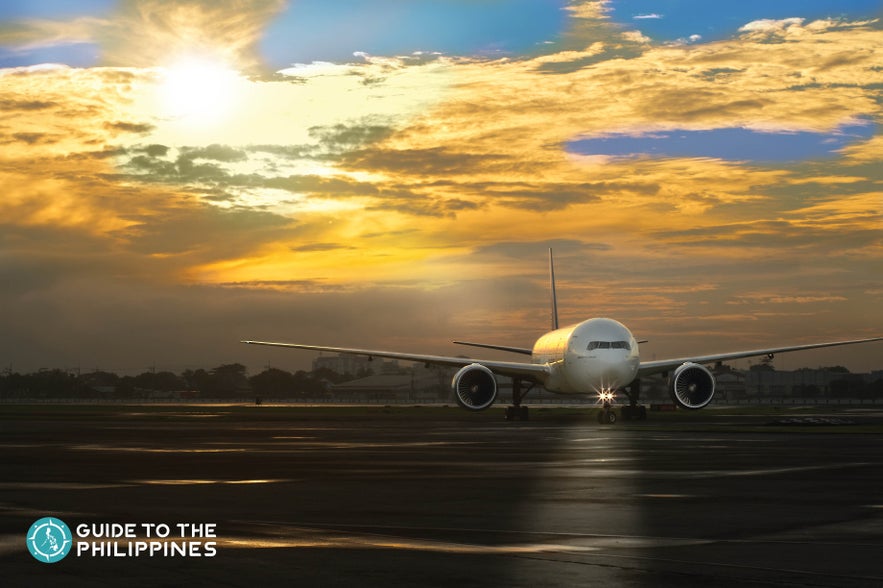
The city and the capital region are accessible by direct flights to Manila from both international and domestic destinations. Travelers flying into the Philippine capital will arrive via Ninoy Aquino International Airport (NAIA), the main gateway to the country, also known as Manila Airport.
Although all NAIA terminals carry the airport code MNL (Manila), they are not located in Manila City itself. Instead, the terminals are situated in neighboring cities within the Metro Manila region—specifically in Pasay and Parañaque. This often confuses first-time visitors, so it’s important to plan ahead, especially when booking airport transfers or connecting transportation.
As of 2025, NAIA operates with three active terminals. Terminal 4 was closed in 2024, so make sure to check your terminal assignment before your trip. Note that NAIA terminals are not connected by train or subway, so allow ample time for airport transfers if needed.
Here’s a breakdown of the current terminals:
NAIA Terminal 1
-
Handles most international flights, especially those operated by non-Philippine carriers.
-
Airlines: Emirates, Qatar Airways, Korean Air, Cathay Pacific, and others.
-
Location: Parañaque City
NAIA Terminal 2
-
Formerly exclusive to Philippine Airlines, Terminal 2 is now a domestic-only terminal under NAIA’s Schedule and Terminal Assignment Rationalization (STAR) program.
-
Serves domestic flights for Philippine Airlines (PAL), CebGo, Philippines AirAsia, and Royal Air.
-
Named the Centennial Terminal in honor of the 100th anniversary of Philippine independence.
-
Location: Pasay City
NAIA Terminal 3
-
The largest and most modern terminal, catering to a mix of international and domestic flights.
-
Airlines: Cebu Pacific, AirAsia, ANA, Delta, among others.
-
Offers the most extensive amenities including lounges, restaurants, and retail stores.
-
Location: Pasay City
NAIA Terminal 4
-
Closed since 2024.
-
Previously served select domestic flights by budget airlines.
Before your arrival, double-check your terminal with your airline and plan your transfers accordingly to ensure a smooth start to your Manila City trip.
Getting Around Manila City and the Region
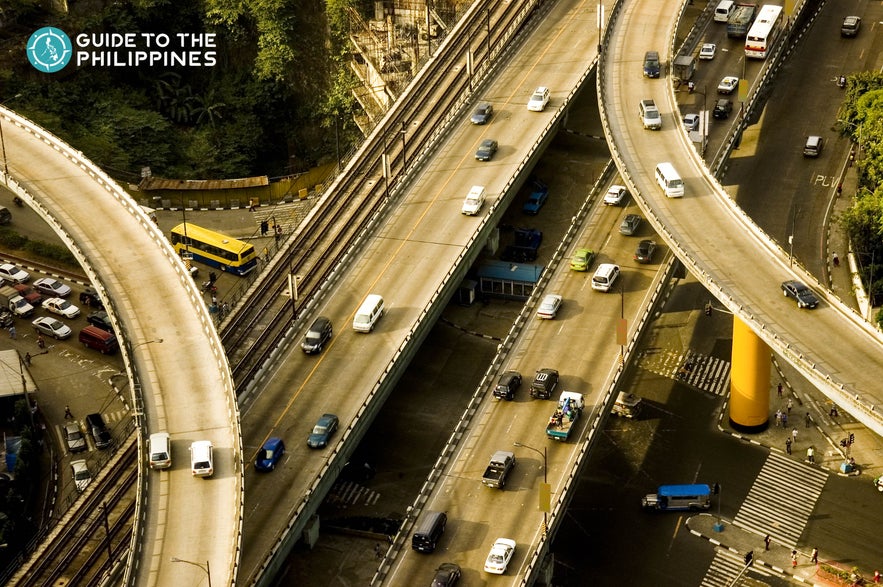 Exploring the city and region of Manila can be a bit overwhelming, especially for first-time visitors, but with the right transportation and a bit of planning, it becomes much easier. From the moment you land, there are convenient ways to navigate the city—from private transfers to public transportation and guided tours.
Exploring the city and region of Manila can be a bit overwhelming, especially for first-time visitors, but with the right transportation and a bit of planning, it becomes much easier. From the moment you land, there are convenient ways to navigate the city—from private transfers to public transportation and guided tours.
From the Airport
The main airport, Ninoy Aquino International Airport (NAIA), has three operational terminals located in Pasay and Parañaque—both part of the Metro Manila region but not within Manila City itself. The terminals are not connected by a train system, so getting to the city or your hotel requires land transportation.
To avoid the confusion of airport taxi queues and prevent scams, it’s best to pre-book a Manila airport transfer for a stress-free arrival.
Available options include:
-
Shuttle Bus: Free inter-terminal buses (every 15 minutes), but can often get delayed due to traffic.
-
UBE Express (P2P Bus): Fixed-route buses stopping at major malls and hotels.
-
Taxis:
-
Regular taxis (white, metered)
-
Coupon taxis (fixed-rate, prepaid)
-
Yellow airport taxis (metered, but higher base fare)
-
-
Grab or Indrive Apps: Ride-hailing options.
-
Car Rentals: Options include self-drive car rentals, vans, and SUVs. Ideal if you're confident driving in heavy traffic.
Getting Around the Cities
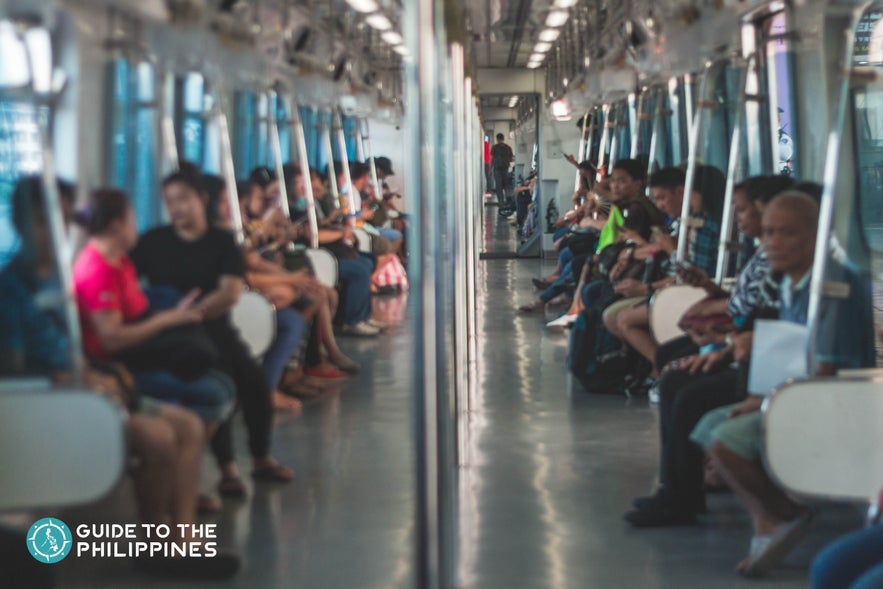 Metro Manila and the capital city has multiple modes of transportation for exploring its bustling neighborhoods and tourist spots. If you'd rather skip the hassle of navigating on your own, consider booking guided tours that already include hotel pick-up and drop-off—making sightseeing seamless and convenient.
Metro Manila and the capital city has multiple modes of transportation for exploring its bustling neighborhoods and tourist spots. If you'd rather skip the hassle of navigating on your own, consider booking guided tours that already include hotel pick-up and drop-off—making sightseeing seamless and convenient.
Transportation options in the city:
-
MRT & LRT Trains: Fastest way to beat traffic. These trains run through major areas including Makati, Pasay, Manila City, and Quezon City. Off-peak hours (mid-morning or early afternoon) are best.
-
Jeepneys: Local, budget-friendly rides for short distances. A must-try for cultural experience, but may be tricky to navigate for non-locals.
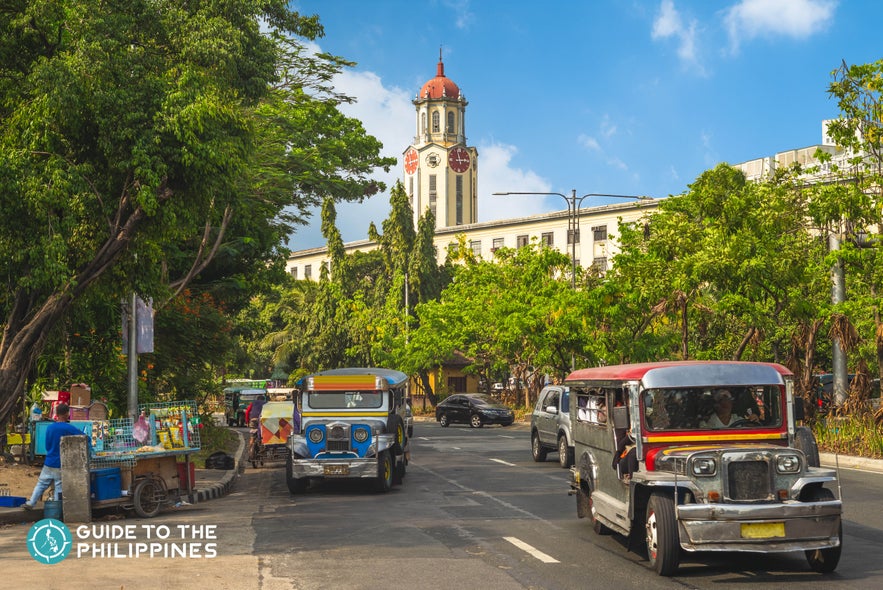
-
Taxis & Grab: Best for comfort and convenience, especially if you're unfamiliar with the area.
-
Motorbike/Motorcycle Taxi Booking Apps (Angkas, Joyride, and Move It): A fast way to get around solo, especially during rush hour.
-
Tricycles: Motorcycle sidecars that run inner roads. Great for quick trips within neighborhoods.
For a worry-free experience, book pre-arranged tour packages that already cover transportation and itinerary planning—ideal for those who want to maximize their time without stressing about logistics.
Where to Stay in Manila City and the Metropolitan Area
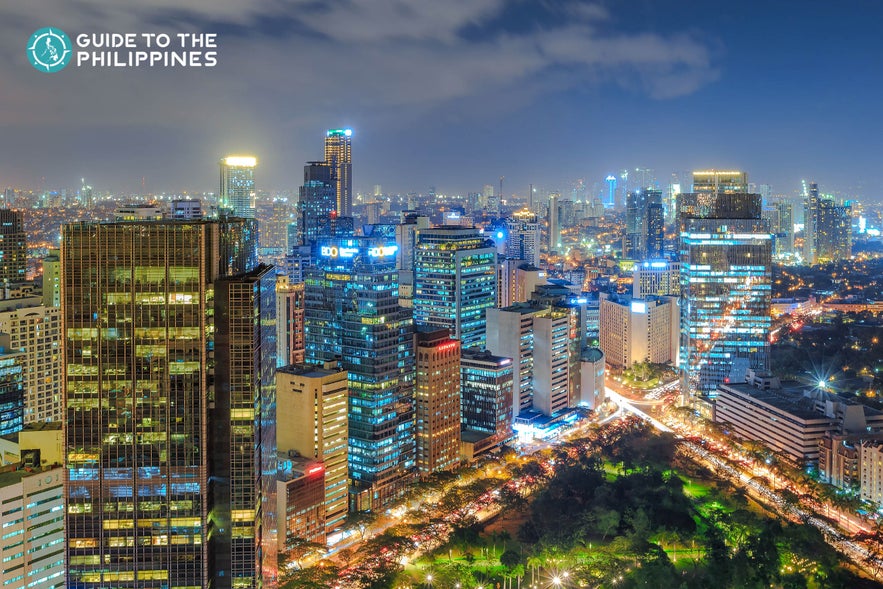
With Metro Manila being a vast region composed of several major cities, choosing where to stay can greatly affect your travel experience. Traffic can be heavy, especially during rush hours, so it’s best to pick accommodations near the tourist spots or activities on your itinerary.
Whether you're a budget traveler or looking for a luxurious staycation in the Philippines, you’ll find plenty of options—from hostels and vacation rentals to hotels in Manila with full amenities.
Types of Accommodations
-
Hotels: From luxury hotels with pools and spas to budget-friendly stays with basic amenities, there’s a wide selection across Metro Manila’s major cities.
-
Vacation Rentals: Great for groups or families, these are often condominiums or homes with more space and privacy, available in areas like Pasay, Makati, and Quezon City.
-
Hostels: Ideal for solo travelers or backpackers. Dorm-type and private rooms are common, and hostels in areas like Makati City’s Poblacion are known for their social atmosphere.
Best Areas to Stay in Metro Manila
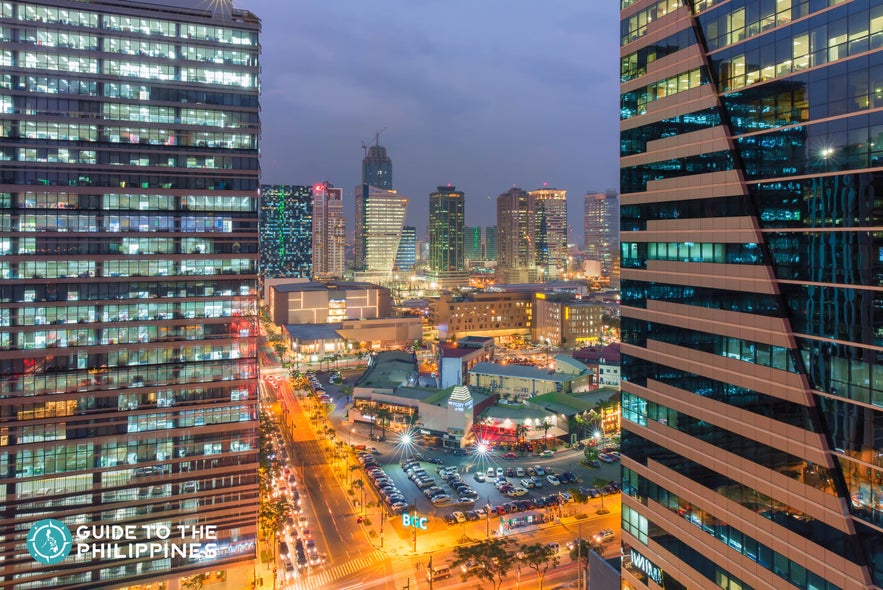
Manila City
Ideal for cultural and historical sightseeing. Booking a hotel in Manila City puts you close to iconic spots like Intramuros old town, Rizal Park, Binondo (Chinatown), and the National Museum Complex. Many accommodations here offer views of Manila Bay’s famous sunset.
Why stay here? Great for joining heritage tours, historical walks, and food trips.
Pasay City
A strategic location near NAIA Terminals 2, 3, and the now-closed Terminal 4, Pasay offers convenient access to airports, malls, and Manila Bay attractions like SM Mall of Asia and Resorts World Manila.
Why stay here? Convenient for early or late flights, shopping, family attractions, and cultural spots.
Parañaque City
Another airport-accessible city, hotels in Parañaque include the Entertainment City, where high-end casino resorts like Solaire Hotel and Okada Manila are located.
Why stay here? Ideal for travelers looking for luxury stays, nightlife, and quick access to the airport.
Newport City (Pasay–Parañaque Area)
A walkable complex just across NAIA Terminal 3, this integrated resort-lifestyle destination offers hotels, shopping, dining, and casino entertainment.
Why stay here? Perfect for layovers, airport proximity, and convenience—all in one compact, upscale area.
Makati City (CBD & Poblacion)
From towering hotels in the Central Business District (CBD) to cool hostels in Poblacion area, hotels in Makati offer a mix of luxury, nightlife, and international dining.
Why stay here? Central location, high walkability, upscale malls (like Greenbelt and Glorietta), and access to business hubs.
Bonifacio Global City (BGC), Taguig
A modern and clean neighborhood perfect for first-time visitors. BGC is home to malls like SM Aura and Uptown Mall, open-air dining at Bonifacio High Street, museums like The Mind Museum, and luxury hotels.
Why stay here? BGC hotels in Taguig are known for being stylish, walkable, safe, and packed with dining, shopping, and nightlife options.
Quezon City
The largest city in the region, Quezon City is ideal for foodies (try Maginhawa Street), university visitors, and those who want a local urban vibe.
Why stay here? Quezon City hotels offer affordable accommodations, close proximity to foodie hotspots, and historical sites like Quezon Memorial Circle.
Mandaluyong City
Centrally located, Mandaluyong is a favorite for shoppers thanks to SM Megamall and Shangri-La Plaza. It's also well-connected to major roads and rail lines.
Why stay here? Mandaluyong hotels are ideal for mid-range budget, with easy access to public transport and shopping malls.
Pasig City
Home to Ortigas Center, one of Metro Manila region’s key business districts. You’ll find a mix of corporate offices, malls like Estancia and The Podium, and plenty of food spots near Pasig hotels.
Why stay here? Business-friendly, good for shopping and dining, and centrally located for city exploration.
Alabang (Muntinlupa City)
Located in southern Metro Manila region, hotels in the Alabang area are quieter and more laid-back, yet offers access to large malls like Alabang Town Center and Festival Mall.
Why stay here? A great home base if you're heading to southern provinces like Tagaytay, Laguna, or Cavite. Best for long-term or relaxing stays.
Recommended Hotels in Manila City and the Capital Region
There's a wide variety of accommodations across different cities in the Metro Manila region. Whether you're flying in or out, planning to explore historic sites, or indulging in shopping and entertainment, there’s a hotel that suits your needs and budget.
Near Manila Airport (Pasay & Parañaque)
Ideal for travelers catching early flights, on layovers, or prioritizing proximity to the airport and entertainment hubs. For more, see our guide to the best hotels near Manila Airport.
-
Belmont Hotel Manila – Pasay City
A well-appointed hotel just a short walk from NAIA Terminal 3 via Runway Manila. Great for layovers and quick access to the airport. -
Hilton Manila – Pasay City (Newport City)
Located in Newport World Resorts, just across from Terminal 3. Offers resort-style amenities and family-friendly features. -
Sheraton Manila – Pasay City (Newport City)
A luxury hotel with spacious rooms, a pool, and dining options. Perfect for families and travelers seeking comfort close to Terminal 3.
Hotel Casinos (Entertainment City, Parañaque)

Best for leisure travelers who want gaming, shows, dining, and luxury amenities in one location.
-
Okada Manila – Parañaque City
A world-class resort and casino with opulent interiors, an indoor beach club, spa, and a spectacular fountain show. -
Solaire Resort & Casino – Parañaque City
Offers high-end suites, a sprawling casino, and views of Manila Bay. Convenient for entertainment and dining.
Luxury Hotels
Perfect for travelers seeking comfort, service, and proximity to business, leisure, or shopping districts.
-
The Peninsula Manila – Makati City
A Manila landmark known for its iconic lobby, refined service, and easy access to Ayala Center and business hubs. -
Shangri-La The Fort – Taguig City (Bonifacio Global City)
A 5-star hotel in BGC’s upscale district. Offers world-class restaurants, a fitness center, and family-friendly facilities. -
Grand Hyatt Manila – Taguig City (Bonifacio Global City)
Located in Uptown BGC, this skyscraper hotel features spacious rooms, a rooftop bar, and panoramic views of the city. -
Conrad Manila – Pasay City
Positioned beside SM Mall of Asia, it offers bayfront views, stylish design, and direct mall access—great for leisure travelers.
Mid-Range Hotels
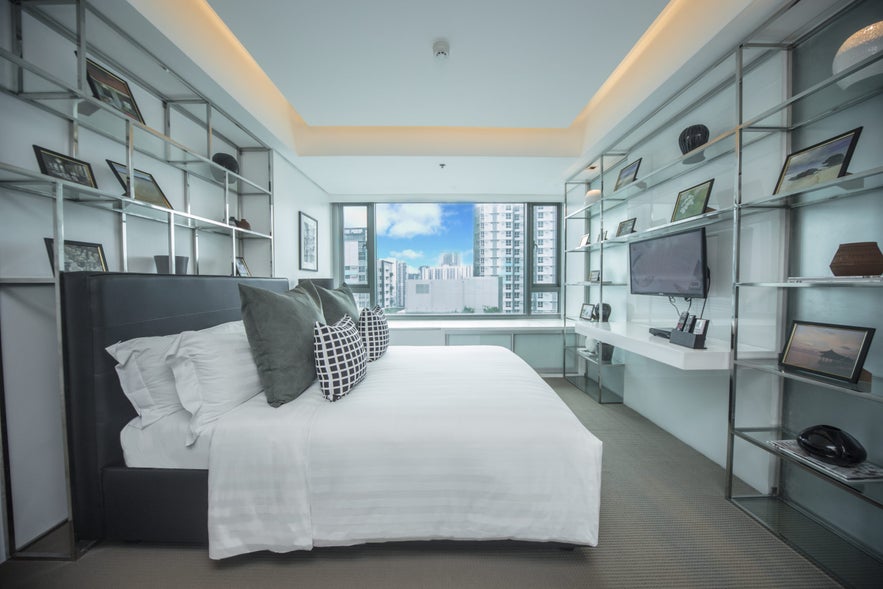 Photo from The Alpha Suites
Photo from The Alpha Suites
Well-balanced options for comfort, amenities, and price.
-
The Belamy House – Makati City
A stylish boutique hotel near central Makati that provides a cozy, residential feel with easy access to shopping areas. -
The Alpha Suites – Makati City
Luxury serviced residences with complete in-room kitchens, ideal for long stays or families in the Legazpi Village area. -
LIME Resort Manila – Manila City (Roxas Boulevard)
Overlooking Manila Bay, this hotel is great for sunset views and proximity to Ocean Park and Intramuros. -
Aruga by Rockwell – Makati City (Rockwell Center)
Upscale serviced apartments in an exclusive neighborhood, steps away from Power Plant Mall and top restaurants.
Budget-Friendly Hotels
Recommended for budget-conscious travelers who want value without compromising convenience.
-
Hop Inn Hotels – Multiple Locations
Found in Makati, Ermita (Manila City), and Tomas Morato (Quezon City), Hop Inn Hotels offer affordable, clean, and secure stays in central locations, near nightlife, offices, or historic areas.
What To See and Do in Manila City and the Capital Region
Whether you're here for a short layover or looking for fun activities near the Manila cruise port, the city and the capital region offer a wide range of attractions and cultural experiences.
From historic landmarks to exciting food tours and interactive museums, there are plenty of things to do in Manila City that suit all kinds of travelers, including those looking for independent tours from the port or half-day excursions during a cruise stop.
Explore Intramuros Old Town
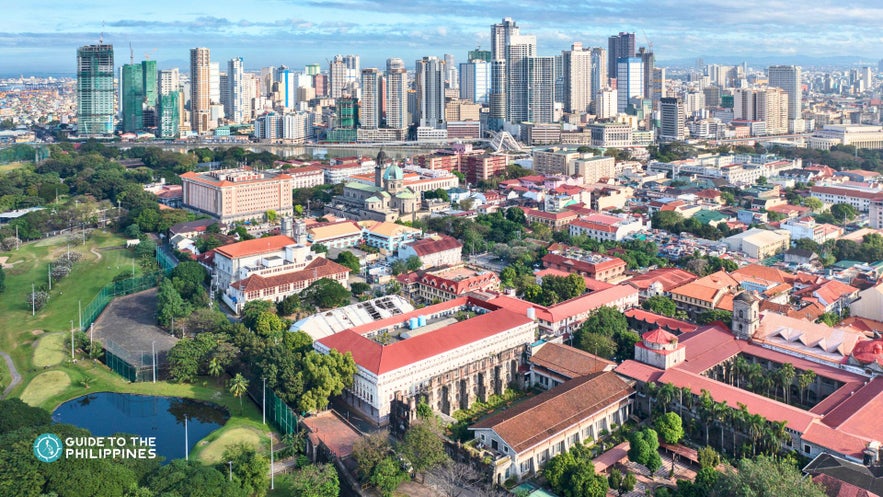 Step into the past with a visit to Intramuros, the historic Walled City inside Manila. Home to iconic structures like Fort Santiago, San Agustin Church, and Manila Cathedral, the walled city of Intramuros is a must-see for history buffs and first-time visitors alike.
Step into the past with a visit to Intramuros, the historic Walled City inside Manila. Home to iconic structures like Fort Santiago, San Agustin Church, and Manila Cathedral, the walled city of Intramuros is a must-see for history buffs and first-time visitors alike.
Some of the top-rated Intramuros tours include the guided walking tour and exploring the cobbled stone streets on a fun bamboo bike adventure.
Intramuros is a top choice for Manila shore excursions not booked through the cruise line and those looking for fun half-day tours from the cruise port.
Visit Cultural and Educational Attractions
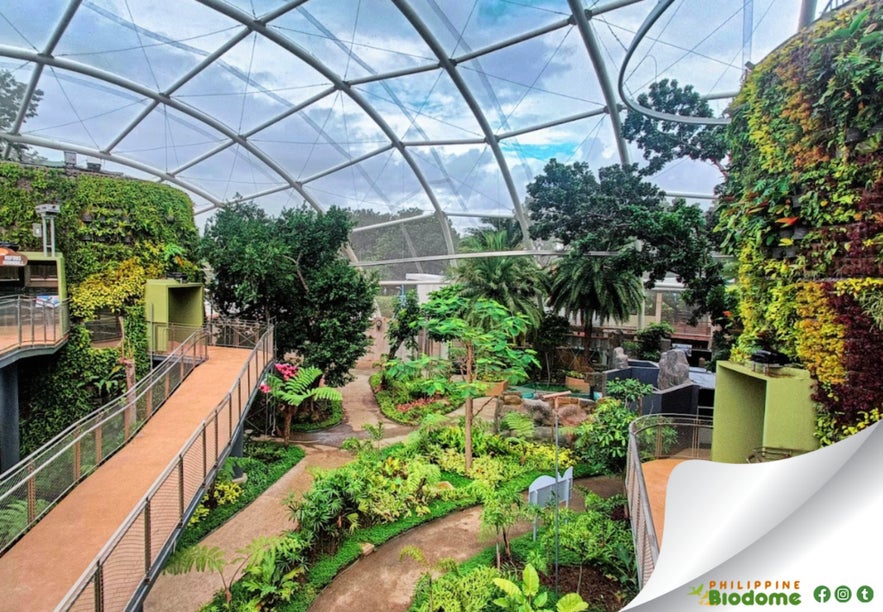 Photo by Philippine Biodome
Photo by Philippine Biodome
Immerse yourself in Filipino art, history, science, and nature by visiting some of the best museums in Manila City and nearby family-friendly spots. A great starting point is the tour of the National Museum Complex, which lets you easily explore the National Museum of Fine Arts, Anthropology, Natural History, and the Planetarium, all located in Manila City near Rizal Park.
For eco-conscious travelers and nature lovers, the Philippine Biodome offers educational exhibits on local biodiversity and sustainability. In Taguig City, the Mind Museum is a favorite for kids and curious minds with its interactive science exhibits.
Families and ocean lovers shouldn’t miss a day pass to Manila Ocean Park, which features aquatic displays, sea lion shows, and a walk-through tunnel aquarium. These destinations are also great options shore excursions not booked through the cruise line, especially for those with limited time and looking for enriching half-day tours from Manila City cruise port.
Go on a Food Trip in Binondo Chinatown
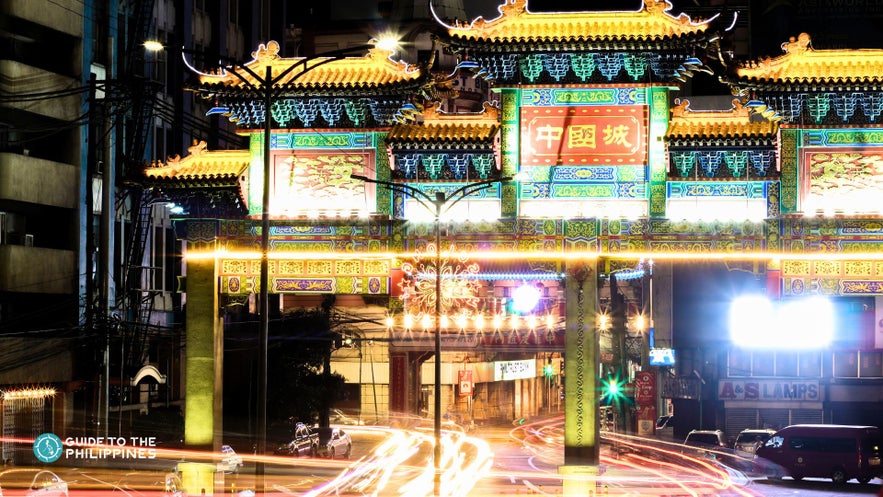 Explore the flavors of the world’s oldest Chinatown in Binondo, Manila City’s culinary haven. Walk through Ongpin Street and sample dumplings, lumpia, pork chop rice, and more on a Binondo food tour that highlights its rich culinary heritage.
Explore the flavors of the world’s oldest Chinatown in Binondo, Manila City’s culinary haven. Walk through Ongpin Street and sample dumplings, lumpia, pork chop rice, and more on a Binondo food tour that highlights its rich culinary heritage.
The best restaurants in Binondo Chinatown is just a short drive from Intramuros, the National Museum Complex and the Manila port, making a visit here one of the best things to do in Manila City for cruise passengers.
Shop in the Malls and Markets
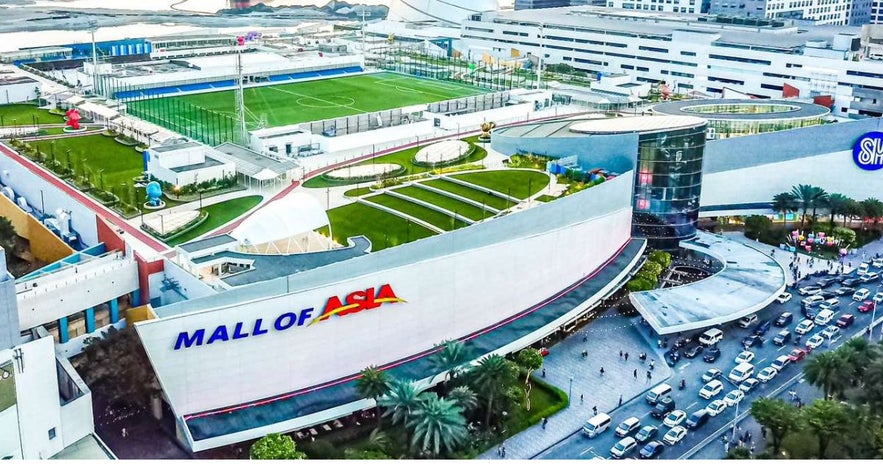 Shopping in Manila City is a diverse experience. For modern malls, head to SM Mall of Asia in Pasay City, home to hundreds of stores, entertainment options, a bayfront promenade—and the largest IKEA in the world. Another great spot for open-air shopping and dining is Bonifacio High Street in BGC located in Taguig City.
Shopping in Manila City is a diverse experience. For modern malls, head to SM Mall of Asia in Pasay City, home to hundreds of stores, entertainment options, a bayfront promenade—and the largest IKEA in the world. Another great spot for open-air shopping and dining is Bonifacio High Street in BGC located in Taguig City.
For bargain finds and wholesale deals, visit Divisoria in Manila City or Greenhills Shopping Center in San Juan City, both famous for their budget-friendly clothes, gadgets, and souvenirs.
Whether you want to splurge or save, these shopping spots are also ideal for picking up gifts and essentials when in Manila City.
Experience the Nightlife in Poblacion Neighborhood
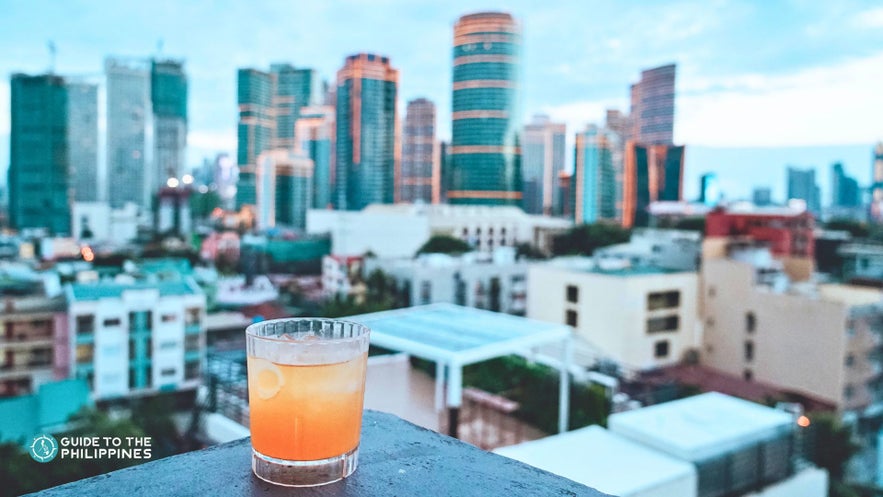 Makati City’s Poblacion neighborhood has become the epicenter of the metro’s vibrant nightlife scene. With rooftop bars, speakeasies, and cozy pubs tucked into its colorful streets, Poblacion attracts locals, expats, and tourists alike. If you're in town on a weekend, join the Poblacion street party tour and hop between bars for a memorable night out.
Makati City’s Poblacion neighborhood has become the epicenter of the metro’s vibrant nightlife scene. With rooftop bars, speakeasies, and cozy pubs tucked into its colorful streets, Poblacion attracts locals, expats, and tourists alike. If you're in town on a weekend, join the Poblacion street party tour and hop between bars for a memorable night out.
Poblacion is easily accessible for travelers staying in the city who want to experience Manila after dark.
What to Eat and Drink When in Manila City
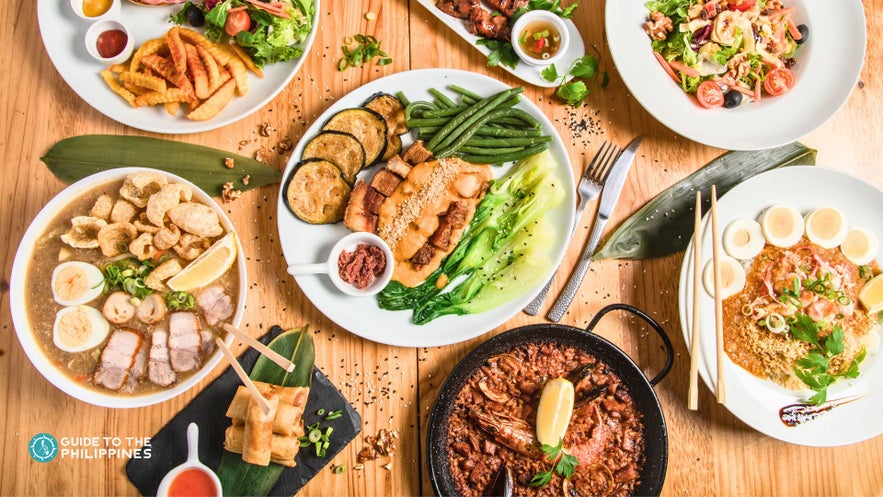 Exploring the local food scene is one of the best things to do in Manila, especially for first-time visitors. The city is a melting pot of regional cuisines from across the Philippines, offering everything from hearty comfort food to flavorful snacks enjoyed on the go.
Exploring the local food scene is one of the best things to do in Manila, especially for first-time visitors. The city is a melting pot of regional cuisines from across the Philippines, offering everything from hearty comfort food to flavorful snacks enjoyed on the go.
You’ll find traditional Filipino dishes in most restaurants around tourist areas, malls, and food courts. Whether you’re dining at a casual eatery or a full-service Filipino restaurant, make sure to try these staples:
-
Adobo – The unofficial national dish of the Philippines, this savory stew made with soy sauce, vinegar, garlic, and bay leaves is usually cooked with chicken or pork.
-
Sinigang – A sour tamarind-based soup with pork, shrimp, or fish, loaded with vegetables like kangkong, tomatoes, and long beans.
-
Kare-Kare – A rich, nutty oxtail stew made with peanut sauce and served with bagoong (fermented shrimp paste) for added flavor.

- Sisig – A sizzling dish of chopped pork head and liver, often topped with calamansi and a raw egg, served on a hot plate.
-
Halo-Halo – A refreshing shaved ice dessert made with layers of sweetened fruits, jellies, beans, leche flan, and purple yam (ube), finished with evaporated milk.
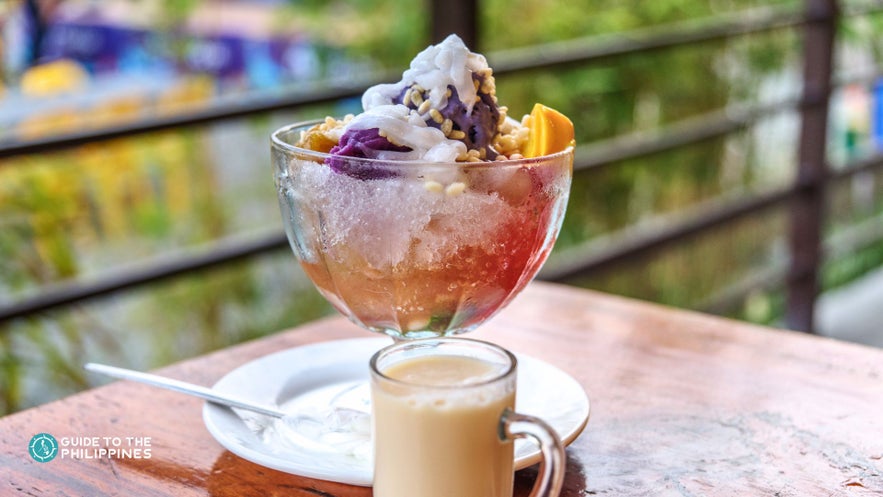
Don’t Miss Jollibee
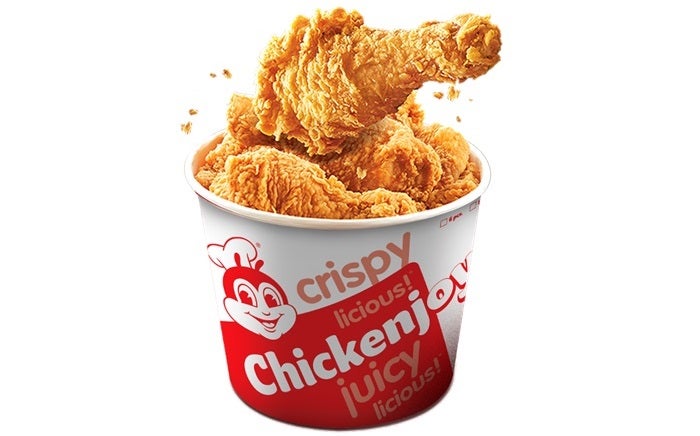
No trip to the Philippines is complete without visiting Jollibee, the country’s beloved fast food giant. With bestsellers like Chickenjoy, Jolly Spaghetti, and Burger Steak, Jollibee offers a uniquely Filipino spin on fast food that’s a favorite among locals and a must-try for tourists.
You can find branches all over Metro Manila region and the country—in malls, commercial districts, neighborhood corners, and even inside airports, making it easy to grab a quick and comforting Filipino meal as soon as you land or before you fly out.
Try Filipino Street Food
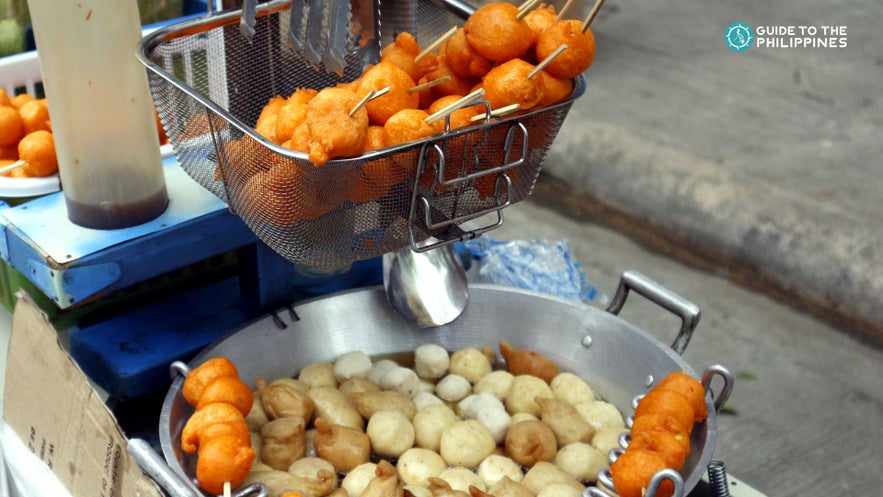 Filipino street food is everywhere—from university belt corners to night markets—and offers quick, affordable, and tasty eats. Some favorites include:
Filipino street food is everywhere—from university belt corners to night markets—and offers quick, affordable, and tasty eats. Some favorites include:
-
Isaw (grilled chicken or pork intestines)
-
Kwek-Kwek (quail eggs coated in orange batter and deep-fried)
-
Fish balls and squid balls (skewered and dipped in sweet or spicy sauce)
-
Balut (fertilized duck egg, a uniquely Filipino delicacy)
These are a fun way to experience local flavor and street culture.
Travel Tip: Stick to stalls that look clean and popular with locals. For more peace of mind, some street food favorites are available in mall food courts.
What to Drink: Local Filipino Beer
When it comes to drinks, these are the most popular local choices:
-
San Miguel Pale Pilsen – A smooth, balanced lager and a Filipino classic for decades. You’ll find it served in nearly every bar, restaurant, or convenience store.
-
Red Horse Beer – A stronger, full-bodied beer with a higher alcohol content than most local brews. It's a favorite among seasoned drinkers who want a bolder kick.
Both beers are staples at gatherings, food parks, and music gigs around Metro Manila region—perfect for pairing with grilled and sizzling food like sisig and barbecue.
Practical Information and Tips
Manila is a dynamic urban hub filled with history, culture, and modern attractions—but like any major city, it's best explored when you're well-prepared. To make your trip more enjoyable and stress-free, here are important travel tips and insights about currency, safety, transportation, and packing essentials.
Currency
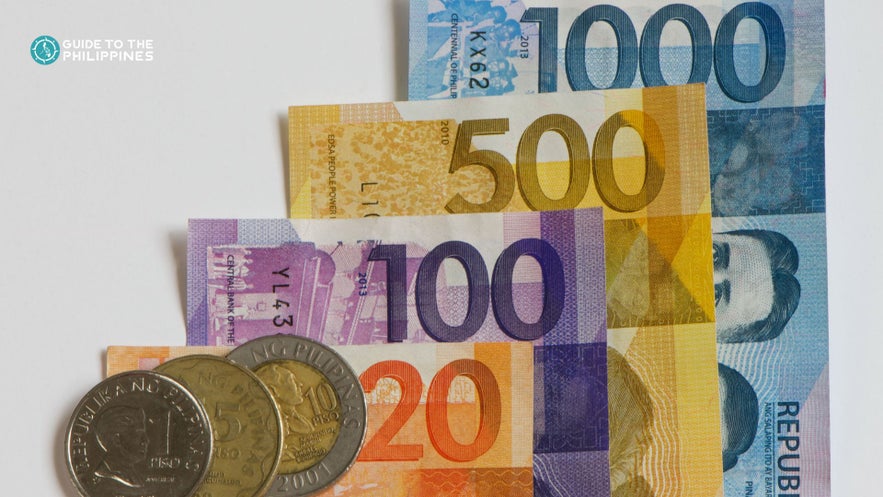 The official currency is the Philippine Peso (PHP or ₱). Most major establishments in Metro Manila region accept credit cards, but it’s highly recommended to carry enough cash for small purchases and local transport.
The official currency is the Philippine Peso (PHP or ₱). Most major establishments in Metro Manila region accept credit cards, but it’s highly recommended to carry enough cash for small purchases and local transport.
-
Use ₱1, ₱5, ₱10, ₱20, ₱50 and ₱100 coins and bills for quick transactions with street vendors, jeepney drivers, and market sellers.
-
Loose change is essential for fares and tipping.
-
ATMs and money changers are common, especially in malls and commercial centers.
For detailed tips on using cash, ATMs, and the best ways to exchange your money, read this Philippine Peso currency and money exchange guide.
Language
Filipino and Tagalog are the main languages spoken in Manila, but English is widely understood and commonly used in signage, menus, and everyday conversations—especially in tourist-friendly areas. Feel free to greet people with a friendly “Hello” or “Hi,” and don’t hesitate to ask locals for help if you need directions.
Safety Tips
Metro Manila region is generally safe for tourists, but as with any big metropolitan center, staying vigilant is key. Here are a few essential safety reminders:
-
Be alert in crowded places.
-
Use anti-theft bags and keep valuables close to your body.
-
Avoid wearing flashy jewelry or carrying large amounts of cash.
-
Walk only in well-lit areas if you're out at night.
To avoid common issues, especially for first-time visitors, check out this helpful guide on Philippine travel scams and how to avoid them.
What to Pack
Metro Manila region and the city’s tropical weather can be hot, humid, and sometimes rainy, so packing smart is essential. Here are a few travel must-haves:
-
Breathable, light clothing for hot weather
-
Small daypack or sling bag for daily tours
-
Foldable umbrella or light jacket for sudden downpours
-
Refillable water bottle to stay hydrated and reduce plastic waste
-
Comfortable walking shoes for exploring historic areas
For a full checklist of what to bring depending on your itinerary and the season, refer to this Philippines packing list guide.
Commuting Tip
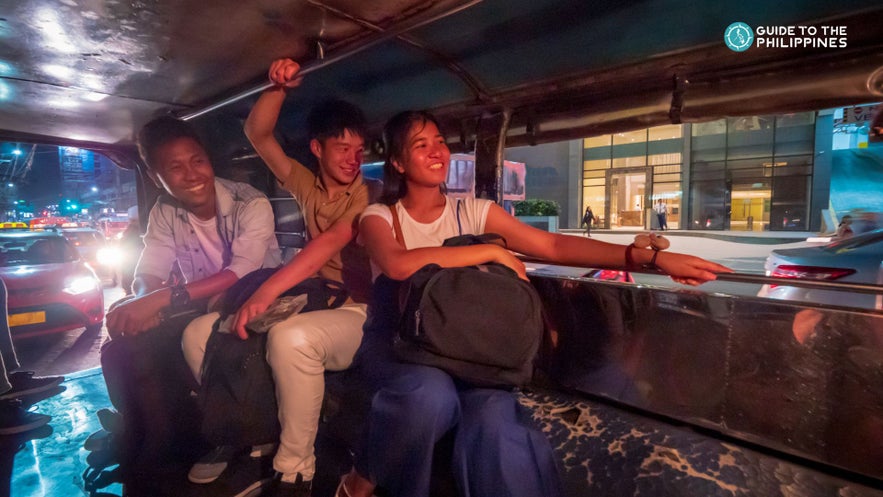 Navigating Metro Manila region’s busy streets and complex transport system can be daunting for first-time travelers. While taxis and ride-hailing apps like Grab are common, public transportation requires some familiarity. Learn more in this complete guide to transportation in the Philippines.
Navigating Metro Manila region’s busy streets and complex transport system can be daunting for first-time travelers. While taxis and ride-hailing apps like Grab are common, public transportation requires some familiarity. Learn more in this complete guide to transportation in the Philippines.
Here are a few helpful commuting reminders:
-
Stay hydrated while moving around—bring your own water bottle.
-
Vendors selling bottled water are everywhere, but refilling helps reduce waste.
-
Avoid wearing fancy accessories or bringing unnecessary valuables during day trips.
-
Use GPS apps like Google Maps or Waze to help with directions.
-
Research fare estimates beforehand so you’re prepared when using jeepneys or tricycles.
-
Don’t hesitate to ask locals for help—many speak English and are happy to assist.
SIM Card and Internet Tips
Staying connected when in the metropolitan area of Manila is essential for booking transport, navigating, or staying in touch with loved ones. Local telecom providers like Globe and Smart offer prepaid SIM cards with data, call, and text packages. These are available at airports, convenience stores, and malls. You'll need to register the SIM with a valid ID, as required by Philippine law. Just make sure your phone is unlocked before inserting a local SIM.
For a hassle-free option, especially if you want to be online as soon as you land, consider using a digital eSIM. The Airalo Travel eSIM for the Philippines is a great choice. It lets you skip physical SIM cards and offers reliable coverage across Manila and other parts of the Philippines—perfect for cruise passengers, transit travelers, or anyone who values convenience.
Sample Itinerary in Manila
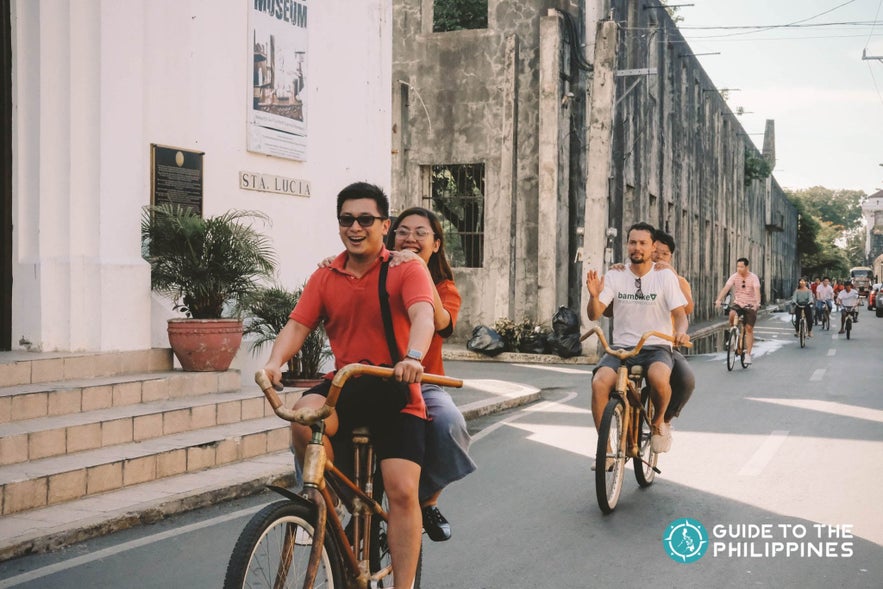 Here’s a suggested 3-day itinerary perfect for first-time travelers looking to experience the best of Manila City and the surrounding metro area. From historical landmarks to exciting food adventures and nightlife, this itinerary highlights Manila City and the capital region’s rich culture and vibrant urban energy.
Here’s a suggested 3-day itinerary perfect for first-time travelers looking to experience the best of Manila City and the surrounding metro area. From historical landmarks to exciting food adventures and nightlife, this itinerary highlights Manila City and the capital region’s rich culture and vibrant urban energy.
Day 1: Arrival, History & Nightlife
-
Check in at your hotel
-
Join a bamboo bike activity or a walking tour of Intramuros to explore the Walled City’s Spanish colonial landmarks like Fort Santiago, Manila Cathedral, and San Agustin Church
-
Enjoy dinner at a nearby Filipino restaurant
-
Head to Poblacion neighborhood in Makati for a taste of the region's nightlife scene with bars, live music, and cocktails
Day 2: Culture, Food & Leisure
-
Take a morning Binondo food tour to sample Chinese-Filipino dishes
-
Afternoon activity options:
-
Explore the National Museum Complex
-
Visit Manila Ocean Park for marine-themed attractions and family-friendly shows
-
Go shopping at the Mall of Asia (home to the world’s largest IKEA), Bonifacio High Street, or bargain centers like Divisoria and Greenhills
-
-
Have dinner at your hotel or one of Manila City’s many Filipino restaurants
Day 3: Departure
-
Check out of your hotel
-
Optional last-minute shopping or sightseeing, depending on your flight schedule
Frequently Asked Questions About Manila City and the Capital Region
Where is Manila City located?
Manila City is located on the western coast of Luzon Island in the Philippines. It is part of the Metro Manila region, the country's capital and main urban hub.
What’s the difference between Manila City and Metro Manila?
Manila City refers to the historic capital, while Metro Manila (or the National Capital Region) includes 16 other cities like Makati, Pasay, Taguig, and Quezon City.
What are the best things to do in Manila for cruise passengers?
Top things to do in Manila City for cruise passengers include exploring Intramuros old town, taking a Binondo Chinatown food tour, visiting Rizal Park and the National Museum Complex, and shopping at SM Mall of Asia. Half-day tours and Manila shore excursions not booked through the cruise line are available from the port area.
What are the best areas to stay in Manila City?
Popular areas include Manila City (for history and culture), Pasay and Parañaque (near the airport), Makati and BGC (for nightlife and shopping), and Quezon City (for a local vibe and food scene).
Is July the rainy season in the Philippines?
Yes. July falls within the rainy season in Manila and much of the Philippines, which typically runs from May to October. Expect afternoon rains and occasional typhoons, but many attractions in the city remain open.
Can I book independent tours from the Manila cruise port?
Yes. You can book independent tours from Manila port through Guide to the Philippines, including Intramuros tours from the cruise port, cultural experiences, food trips, and half-day guided excursions.
What should I wear when exploring Manila?
Light and breathable clothing is best, along with a hat, sunblock, and comfortable shoes. During the rainy season, bring a light rain jacket or umbrella.
Is Manila City safe for tourists?
Yes, Manila City is generally safe for tourists. However, it’s best to stay alert, avoid isolated areas at night, and keep your valuables secure.
How can I get around Manila City?
You can get around by taxi, ride-hailing apps like Grab, MRT/LRT trains, jeepneys, or guided tour transfers. Booking tours that include transportation is a convenient option for first-time visitors.
Can I use my phone and access the internet in Manila?
Yes. You can buy a local SIM card or use a travel eSIM like Airalo to stay connected during your trip. SIMs are available at the airport and convenience stores.
Start Planning Your Trip to Manila City and the Capital Region
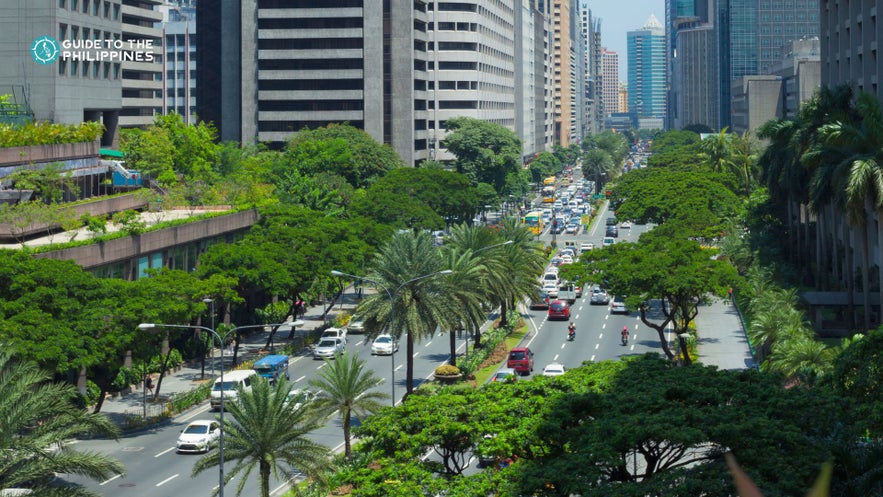
While many travelers pass through Manila City on their way to pristine islands, spending even just a day or two in the capital region is a great addition to your Philippine itinerary. Manila City and the rest of the region offer a unique blend of old and new—from Spanish-era landmarks in Intramuros old town to dynamic food scenes and shopping centers, all within reach of the airport.
Make the most of your short stay with Manila tours and activities that match your interests. Whether you’re into cultural walks, food adventures, or vibrant city views, Manila City and the region has plenty to offer for a quick yet memorable stop.





